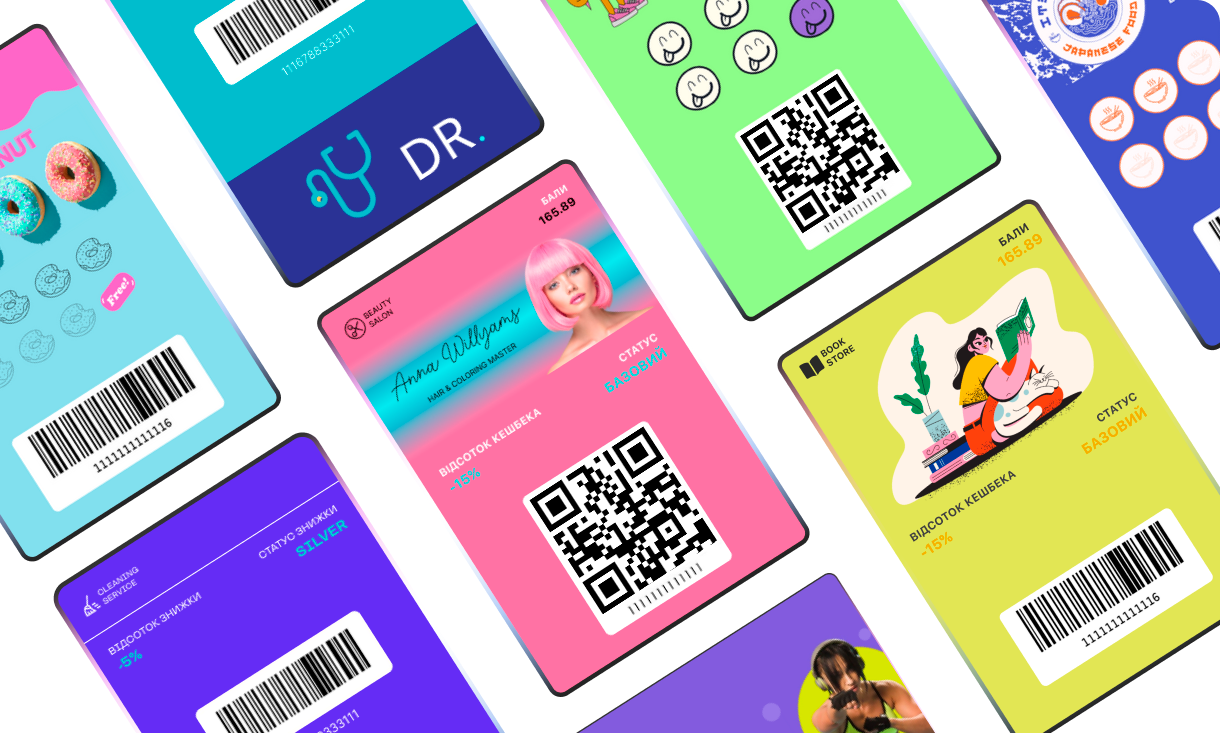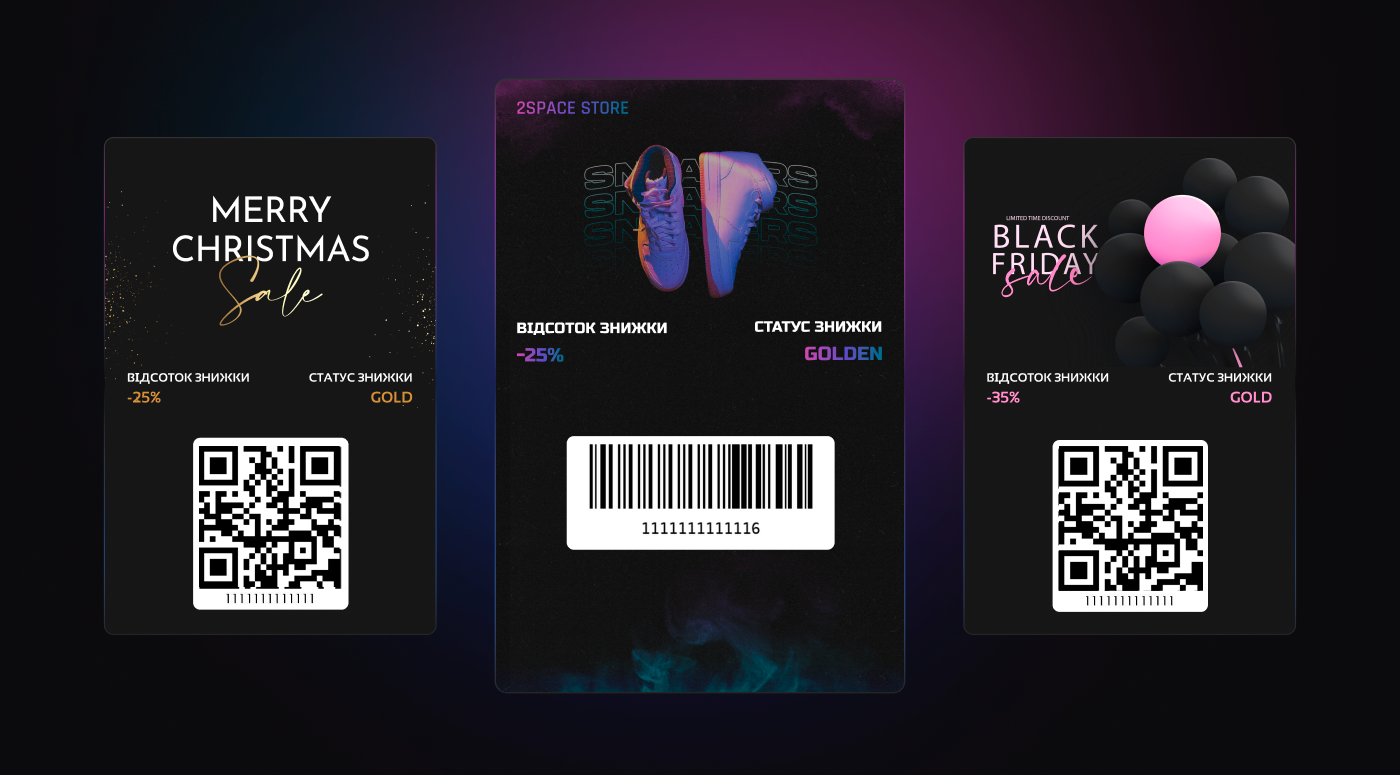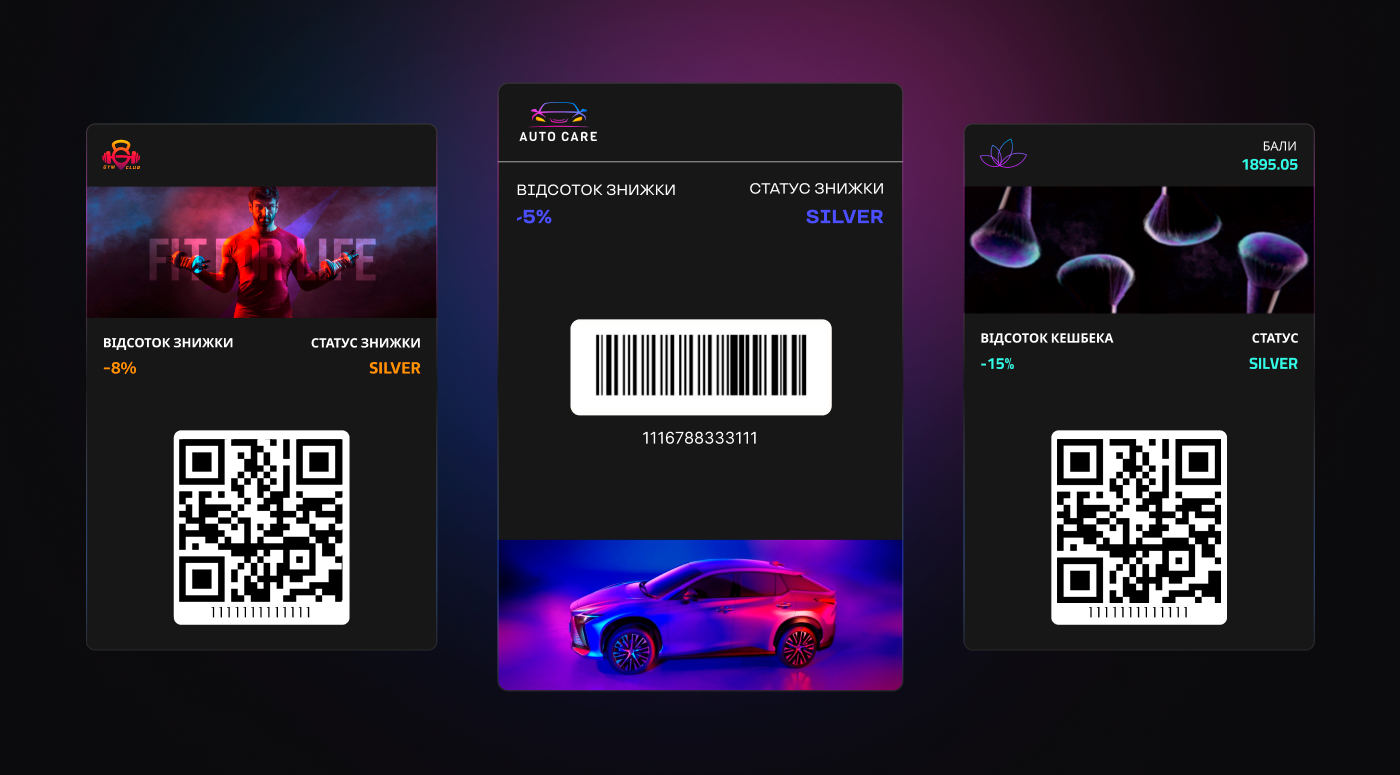
Loyalty programs: how to make customers fall in love with you
In this article, we tell you what a loyalty program is, its main types and tasks, how to launch an effective loyalty program.







What is a loyalty program?
A loyalty program can be a good motivation for customers to shop with you and not with your competitors. Bonuses, promotions, cashback - all this works well, helps to increase sales, increase the average check and increases trust in the brand. But there is a nuance - these schemes are so often used by companies that the interest and trust in them on the part of customers is gradually decreasing.
If you want your loyalty system to really drive sales and help you compete, you should be very careful about choosing reward mechanics and carefully thinking through all the details of customer interaction. Today, not only the essence of the proposal is important, but also its presentation, reaching the interests of the audience and many other points. In this article, we will help you understand everything and work more efficiently.
In a general sense, it is a system of attracting and retaining customers with the help of various incentives. It makes interaction with the brand more profitable, and motivates the audience to build a long-term relationship with the company.
But it should be understood that such a tool is not suitable for everyone. If you are selling an expensive product that is bought rarely or once, you should use promotions carefully. For example, it is extremely unprofitable for real estate agencies or car dealerships to make a discount of even a few percent. Therefore, they focus more on the quality of the product and service so that customers recommend them to their acquaintances and friends. But online stores and food delivery services can easily launch a discount of up to -40%, and will only benefit from this.









How it works

The main tasks of the loyalty program





Types of loyalty programs
There are many ways to encourage customers. Moreover, you can use loyalty systems both individually and in combination, based on the specifics of your product and the interests of the target audience. For example, if you sell often, it makes sense to use a system of cumulative points. In addition, you can form your own "closed club" of regular customers and provide them with more valuable bonuses.
Let's consider the main types of loyalty programs and how to correctly apply them in practice.




Discount
Probably, this is the simplest and most understandable tool that has been used on the market for a long time. For its implementation, it is enough to think over the visual design of discount cards - plastic or virtual, and distribute them among customers.
But here it should be taken into account that plastic cards are practically a thing of the past, and not everyone wants to deal with a lot of electronic wallets. Efir discount cards can be a way out of the situation. They are integrated with the Google Wallet and Apple Wallet systems, which means that customers can add them to their wallet, which they already use every day, which is quite convenient.
The size of the discount for this approach is most often fixed and depends on the amount of the transaction. Advantages of the discount:
- Quick and easy to implement.
- It is understandable to all parties, both sellers and buyers, so working with such a loyalty program is quite comfortable.
But such a system also has its drawbacks. It does not take into account the individual preferences of customers and does not motivate them to repeat purchases.


Calculation of points and bonuses
The mechanics involve providing incentives for each purchase. Some percentage of the amount spent is returned to the buyer in the form of bonus funds, which cannot be converted into cash, but with their help, you can reduce the amount of the next transaction. The principle here is something like this: spend more now, save more later. Moreover, accrued bonuses may burn out after a certain time, which motivates customers to make the next purchase as soon as possible.
Such a scheme is attractive because it forces customers to play the long game. Knowing that he has a conditional $50 in his account, the person will probably come back to you again, because he will not want to overpay from a competitor. And for the next purchase, he will receive bonuses again and further in the circle.




Cumulative discounts
Such mechanics will help to easily grow a base of regular customers who make regular purchases. Moreover, the longer a person is with your brand, the bigger the discount he gets.
The meaning here is quite simple. When contacting you for the first time, a person receives a card with a minimal discount. Having spent a certain amount on purchases from the company, he reaches a new level of loyalty and his discount increases. There can be several such levels, which motivates customers to buy more and more often from you.
In cafes and food delivery services, you can find another option for the implementation of such mechanics - with the help of stamps.
It looks like this: after each order, the client is given a stamp, and when a certain number of such stamps are collected, the next order is given to him for free. The terms of such a loyalty program are very simple, and the benefits provided are obvious, which attracts the attention of buyers. On the other hand, carrying around physical stamp cards or plastic discount cards is a thing of the past, so you need to look for alternative and more modern options. One of them is the EfirCards service.
With its help, you will be able to control the purchases of each customer by phone number, calculate the required amount of bonus, or put virtual stamps - if you need such a format of interaction.


Cashback
This originally banking instrument later began to be widely used in retail trade. The meaning of its work is as follows: when a customer makes a purchase, part of the spent funds is returned to him on the card in the form of cash or bonuses.
To interest its audience even more, the company can introduce increased cashback on various groups of products, which will motivate users to regularly monitor the brand's website in anticipation of the desired discount.
Despite all the advantages of such mechanics, it is still very popular, so it is quite difficult to make it original and recognizable. However, by combining cashback with, for example, gamification and affiliate programs, you can achieve very tangible results.




Gamification
Gamified loyalty programs work like this: a company develops a game related to its product and engages its customers in it.
For in-game achievements, users are awarded bonus points, discounts, cashback and other benefits, which motivates them to play more often and more actively. Moreover, in the case of successful implementation, such a game may well become another source of income for the business.
The advantages of this approach are quite obvious - it is much easier to stimulate buyers with positive emotions with the help of a game, and by tracking in-game progress, you can easily collect relevant data about your audience. Plus, the game very well builds emotional attachment to the brand and makes it more recognizable. But when choosing gamified loyalty programs, it is necessary to take into account the fact that the development of an interesting and exciting game will require additional investments.


How to run an effective loyalty program
Now, having understood the basic mechanics of incentives, it is worth talking about how to properly implement them in your business. To begin with, it would be good to answer a few questions:
- Who is your customer and what do you know about them?
- What are the needs?
- What customer problems does your product solve?
- How do you build communication with the audience?
The answers will help you understand which channels are best to use to promote the loyalty program, and which offers will interest your audience.
Then you can proceed to the development and implementation of the loyalty system. Most often, this happens in stages:
- Analytics . First of all, determine the preferences and interests of the audience. You need to clearly understand what motivates the customer to make a purchase. It is also important to assess the current level of loyalty. To solve these tasks, for example, you can conduct a questionnaire or involve an auditing company.
- Definition of goals . The implementation of the loyalty system should pursue very specific goals or measurable financial results.
For example, it can be an increase in the average check, a decrease in customer churn, motivation of the audience for repeat purchases or improvement of the brand image. Each task requires individual solutions.
- Definition of structure and mechanics . At this stage, you should carefully consider the mechanism of interaction with customers: write down provisions, rules, possible difficulties and solutions. It is very important that the introduction to the loyalty program remains simple, fast and understandable for the customer. This is the basis of success.
- Strategy development . Next, you should form a clear profit that the customer can get from the loyalty program. It will become the main element of motivation. After that, you can build a promotion strategy. For this, it is desirable to use the maximum number of available channels: social networks, website, application, messengers, etc., in order to reach as many target groups as possible.
- Launch . Before investing in marketing and promoting the program, it should be tested with a small focus group. This will make it possible to identify non-obvious problems and shortcomings, carry out optimization and bring a well-prepared product to the market.












How to evaluate the effectiveness of the loyalty program
If your goal was to increase sales, increase your average check, and achieve other financial results, the easiest way to test your performance is to use a CRM system or an EfirCards admin panel. It stores data on purchase history, transaction amounts, used means of communication and other important information.
Based on this data, you will be able to form a further, more effective product promotion strategy and build individual engagement schemes for each segment of the target audience.
In addition, there are a number of metrics that can also be used for evaluation:
- LTV is the income that the client brought you during the cooperation. With an effective loyalty program, the indicator should grow.
- Church rate is an indicator of customer outflow. Accordingly, in case of success, it should decrease.
- NPS shows how actively customers recommend your brand to their friends.

Conclusion
Loyalty programs are an important part of the marketing strategy for most companies. They help increase the level of customer confidence, improve financial performance and make the brand more recognizable in the market.
But, in conditions of high competition, random promotions and discounts are unlikely to bring good results.
It is important to study your client, and based on his needs, build and implement individual incentive mechanisms.





























